Invasive silver carp have been spreading throughout the Mississippi River Basin since their introduction a half-century ago. Yet, try as they might, the fish have not advanced beyond a particular stretch of the Illinois River north of Kankakee.
Tag: Invasive Species

URI invasive species expert co-leads two global studies published in two Nature journals
The spread of invasive alien species has long been recognized as a global threat to nature and people. In September, the Intergovernmental Science-Policy Platform on Biodiversity and Ecosystem Services (IPBES) for the United Nations issued a global assessment providing clear evidence of the growing threat to people, the economy and nature from invasive alien species.

Help stop the invasive spotted lanternfly
It’s visually striking. When fully grown, open wings display showy hind wings with bright red near the abdomen, black spots, and black-and-white bars. But the spotted lanternfly, an invasive insect that came to the United States from its native habitat of Southeast Asia in 2014, is destructive. Despite its name, though, the spotted lanternfly is not a fly.
New report ‘braids’ Indigenous and Western knowledge for forest adaptation strategies against climate change
Severe droughts and wildfires, invasive species, and large insect outbreaks are straining national forests and surrounding lands. A new report outlines a new approach to forest stewardship that “braids together” Indigenous knowledge and Western science to conserve and restore more resilient forestlands in the U.S.
Joro spiders well poised to populate cities
The Jorō (Joro) spider was first spotted stateside around 2013 and has since been spotted across Georgia and the Southeast. New research from the University of Georgia has found more clues as to why the spider has been so successful in its spread. The study found the invasive orb-weaving spider is surprisingly tolerant of the vibrations and noise common in urban landscapes.
New study suggests culling animals who ‘don’t belong’ can be a flawed nature conservation practice
New research published today in the journal Science has concluded that eradicating animals on the basis that they are not native in order to protect plant species, can be a flawed practice costing millions of dollars, and resulting in the slaughter of millions of healthy wild animals.
Soil carried on sea freight loaded with dangerous pests and diseases
Often introduced unintentionally by human activities, invasive alien species can outcompete and overwhelm native flora and fauna, driving species to the brink of extinction and disrupting the balance of ecosystems
Study: Wild pig populations in U.S. can be managed
Recent conservation efforts have proven effective at controlling wild pig populations in the Southeastern United States, according to new research from the University of Georgia’s Savannah River Ecology Laboratory and Warnell School of Forestry and Natural Resources. Within 24 months of the start of control efforts in the study area located around the Savannah River Site in Aiken, South Carolina, researchers found a reduction of about 70% in relative abundance of pigs and a corresponding decline in environmental rooting damage of about 99%.
DNA breakthrough detects genetic diversity of invasive fish
Ecologists have demonstrated that the genetic material that species shed into their environments can reveal not only the presence of the species but also a broad range of information about the genetics of whole populations — information that can help scientists trace the source of a new invasive population as well as prevent further invasion.

Toxic hammerhead worms; expert provides advice for dealing with the invasive insect at home
Hammerhead worms are once again making their way to backyards across the United States. They were most recently spotted in Washington, D.C and Virginia but have been around for some time.
Japanese beetles could spread throughout Washington state in 20 years
Without intervention, the colorful but devastating Japanese beetle could make its way across the evergreen state within two decades, according to a study of their potential dispersion.
Shell game: Researchers find an uncommon wild bee thriving by nesting in a localized bonanza of old snail shells
Biologists at McMaster University studying the local abundance of a typically uncommon wild native bee have found a clear link between the unusual population spike and the concentration of a non-native snail in the same area.
New study reveals alarmingly massive economic costs of biological invasions to the European Union
A new scientific study published in the journal Environmental Sciences Europe sheds light on the stark economic cost resulting from biological invasions in the European Union.
Shining a light on dark web wildlife trade
Using a database of more than 50 dark web marketplaces, a research team from the University of Adelaide identified 153 species of wildlife being traded on the dark web.
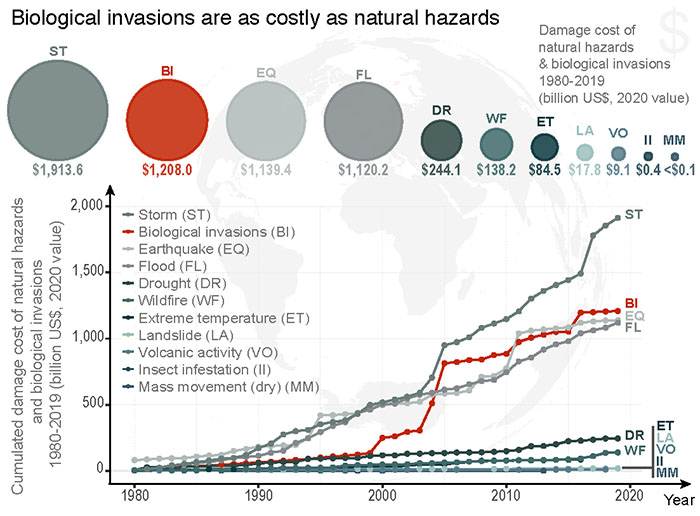
Biological invasions as costly as natural disasters
By invading new environments, some alien species have caused disastrous consequences for local species and ecosystems, as well as for human activities – damage to infrastructure, crops, forest plantations, fishing yields, health and tourism. The areas affected are multiple and the damage is costly.
URI researcher discusses parasitic fungus at the heart of HBO sci-fi series
If you’re a fan of HBO’s post-apocalyptic series “The Last of Us” – or the video game that inspired it – you’ve probably heard the term Cordyceps. In the show, the parasitic fungus has mutated, graduating from infecting insects to humans – transforming them into mind-controlled zombies. But it’s not all science fiction. Niels-Viggo Hobbs Ph.D. ’16, a University of Rhode Island assistant teaching professor in biological sciences, lends his expertise to carefully walk us through the world of Cordyceps.
Scientists lure Burmese pythons using radio telemetry during mating/breeding season
The University of Florida has partnered with several federal and state agencies on a large-scale python removal project to protect the Everglades. The project combines Burmese python ecology with removal efforts to maximize opportunities to expand knowledge of their biology and habitat use and estimate their abundance and ultimately reduce the population in the Everglades.
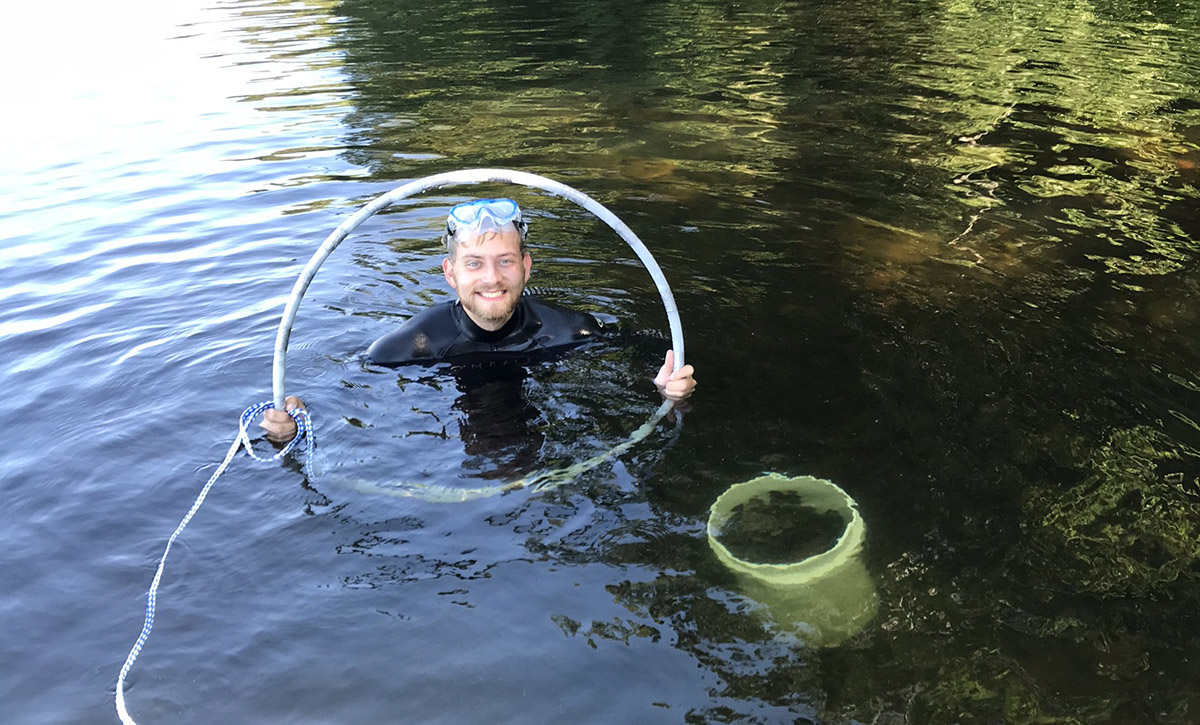
Reign of invasive rusty crayfish may be ending; Wisconsin lakes rejoice
Just how hard should natural resource managers fight invasive species after they establish? A new University of Illinois study suggests some invaders – even highly successful ones – can die off naturally, leaving native communities to rebound with minimal management effort.
Climate change leads to invasive insect expansion on West Coast
Climate change has led to warming temperatures in the Pacific Northwest, leading some insect species to expand their range into more northerly oak savannas, according to new research from Binghamton University, State University of New York.
Invasive Species’ Success May Lie in Living Fast, Dying Young
For some species conquering new territory, it might be better to live fast and die young.
Bringing back native predators to tackle invasive species crisis
Restoring native predator populations could help to keep in check some of the most problematic invasive species around the world, suggests a new study led by Queen’s University Belfast and Cornell University.
Flipping the “genetic paradox of invasions”
The green crab, Carcinus maenas, is considered a globally distributed invasive species, an organism introduced by humans that eventually becomes overpopulated, with increased potential to negatively alter its new environment. Traditionally, it’s been assumed that successful populations contain high genetic diversity, or a variety of characteristics allowing them to adapt and thrive. On the contrary, the green crab – like many successful invasive populations – has low genetic diversity, while still spreading rapidly in a new part of the world.
Research reveals location and intensity of global threats to biodiversity
New research reveals the location and intensity of key threats to biodiversity on land and identifies priority areas to help inform conservation decision making at national and local levels.
In the Absence of Genetic Variation, Asexual Invasive Species Find New Methods of Adapting to Their Environment
Research from Wellesley College shows that despite being a clonal insect species, weevils use gene regulation to adapt to new food sources and pass down epigenetic changes to future generations.
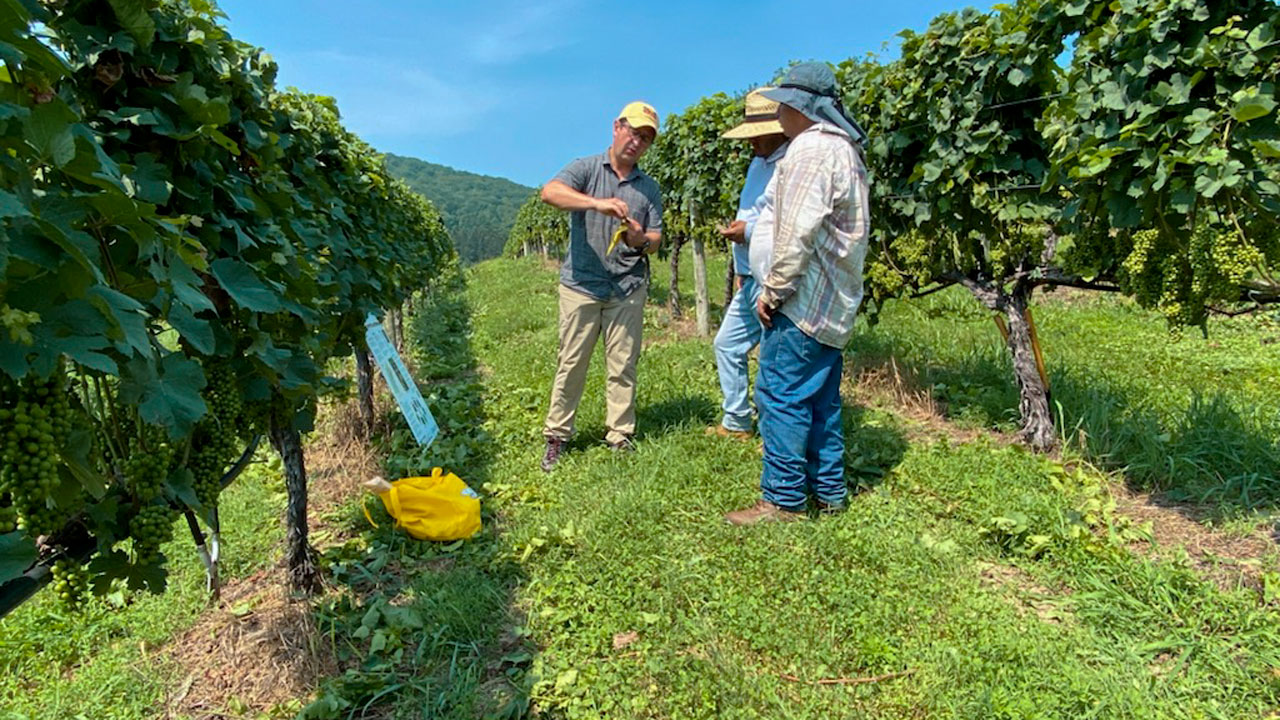
Keep watch: Invasive, destructive spotted lanternfly spreads in NY
The spotted lanternfly – an invasive, destructive pest with a wide range of hosts including grapes, apples, hops, maple and walnut – has spread to a growing number of counties in New York state.
Conservation concern as alien aphid detected on Kangaroo Island
An invasive species of aphid could put some threatened plant species on Kangaroo Island at risk as researchers from the University of South Australia confirm Australia’s first sighting of Aphis lugentis on the Island’s Dudley Peninsula.
New invasive fish discovered, threatening waters of southern United States
The discovery of the Lowland Cichlid (Herichthys carpintis) spells bad news for natural-resource managers and conservationists already contending with the Rio Grande Cichlid, especially in Louisiana.
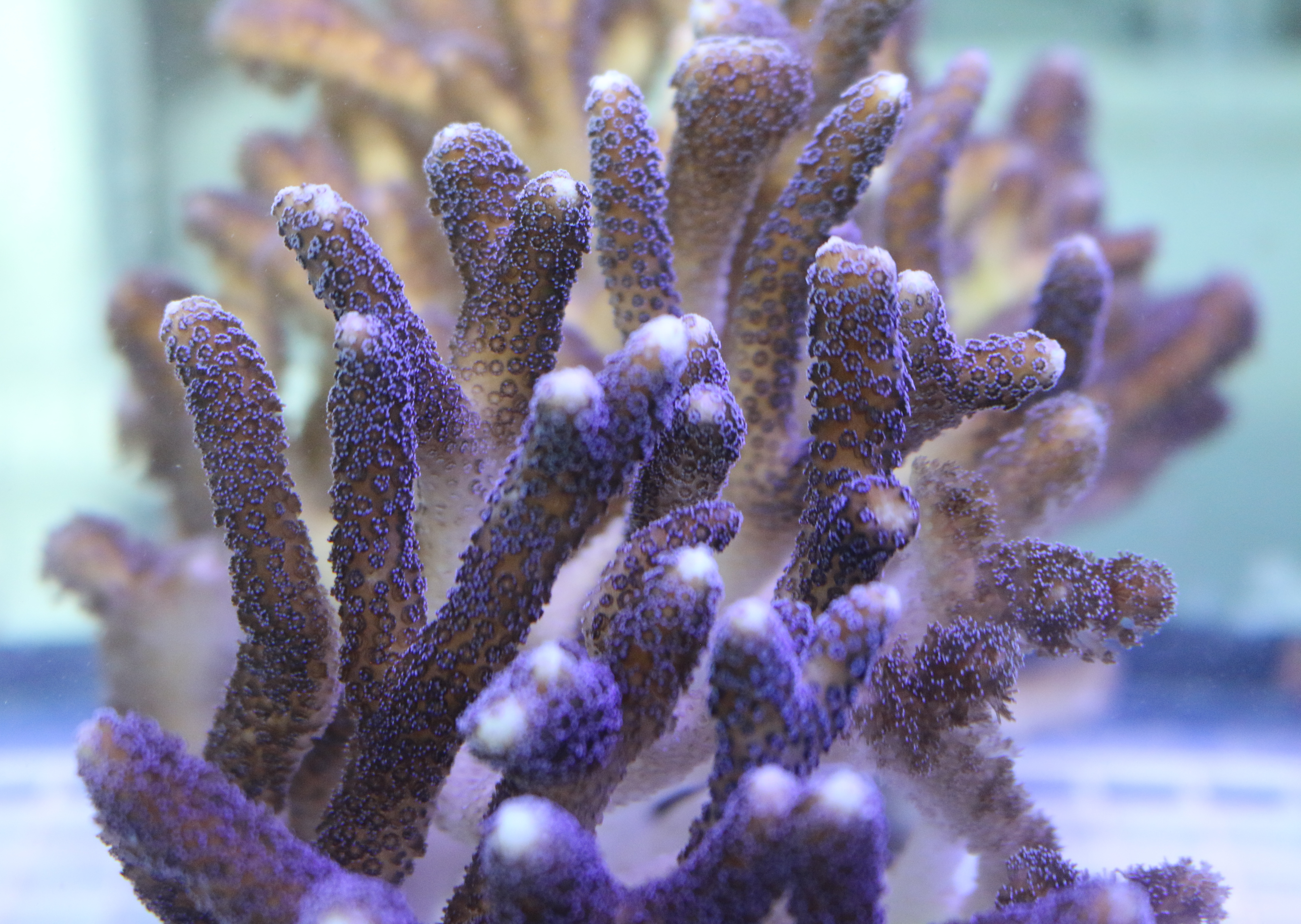
Corals Carefully Organize Proteins to Form Rock-Hard Skeletons
Charles Darwin, the British naturalist who championed the theory of evolution, noted that corals form far-reaching structures, largely made of limestone, that surround tropical islands. He didn’t know how they performed this feat. Now, Rutgers scientists have shown that coral structures consist of a biomineral containing a highly organized organic mix of proteins that resembles what is in our bones. Their study, published in the Journal of the Royal Society Interface, shows for the first time that several proteins are organized spatially – a process that’s critical to forming a rock-hard coral skeleton.
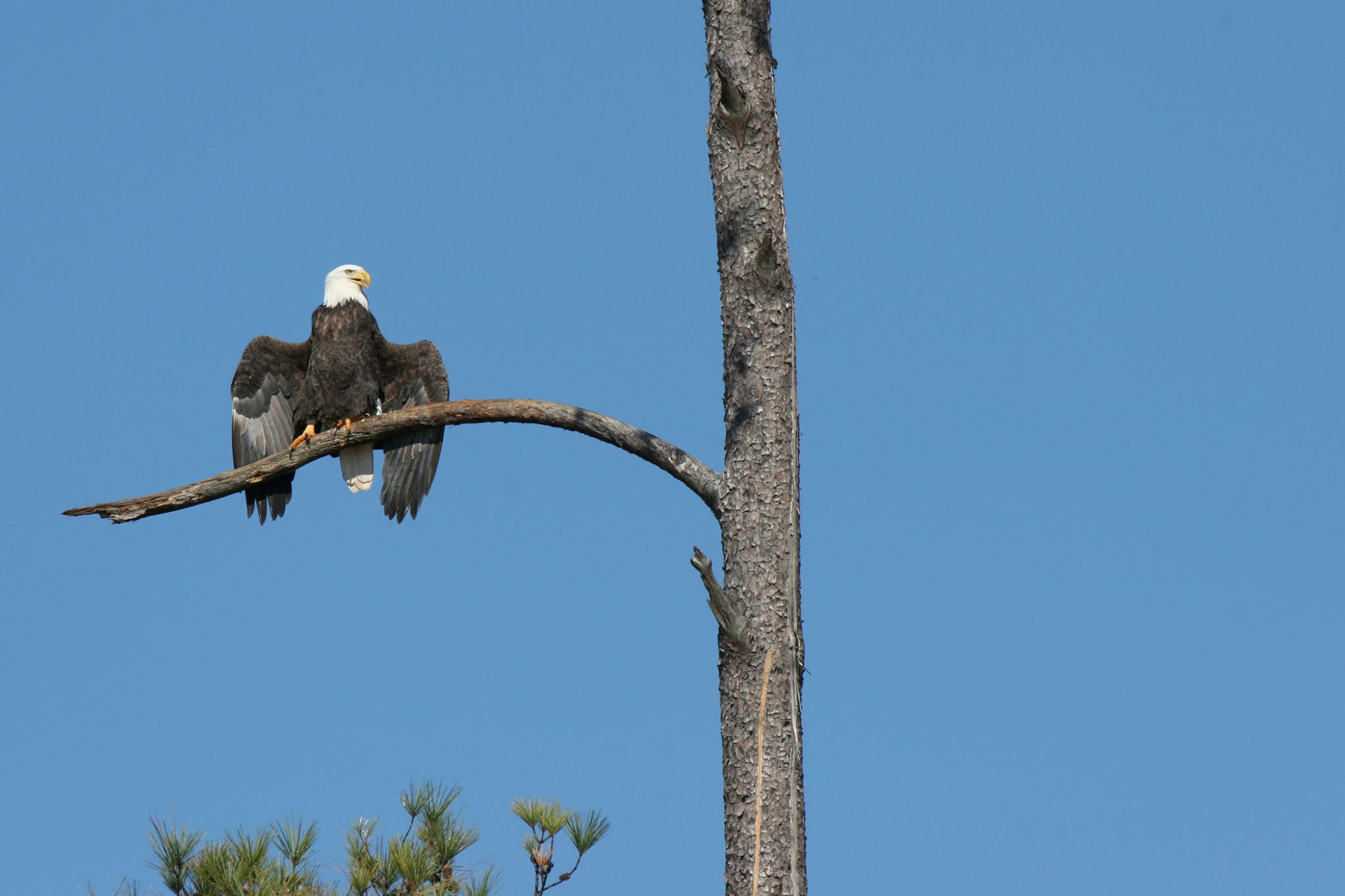
International investigation discovers bald eagles’ killer
Eagle and waterfowl deaths occur in late fall and winter within reservoirs with excess invasive aquatic weeds, and birds can die within five days after arrival.
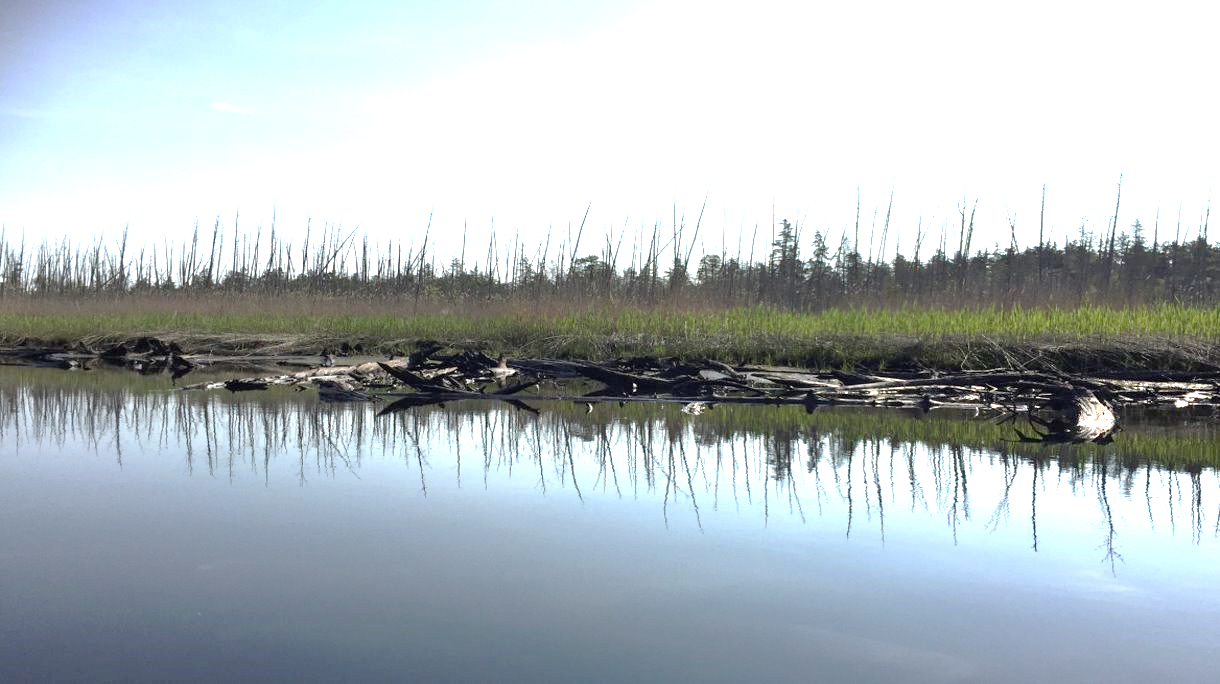
“Ghost Forests” Expanding Along Northeast U.S. Coast
Why are “ghost forests” filled with dead trees expanding along the mid-Atlantic and southern New England coast? Higher groundwater levels linked to sea-level rise and increased flooding from storm surges and very high tides are likely the most important factors, according to a Rutgers study on the impacts of climate change that suggests how to enhance land-use planning.
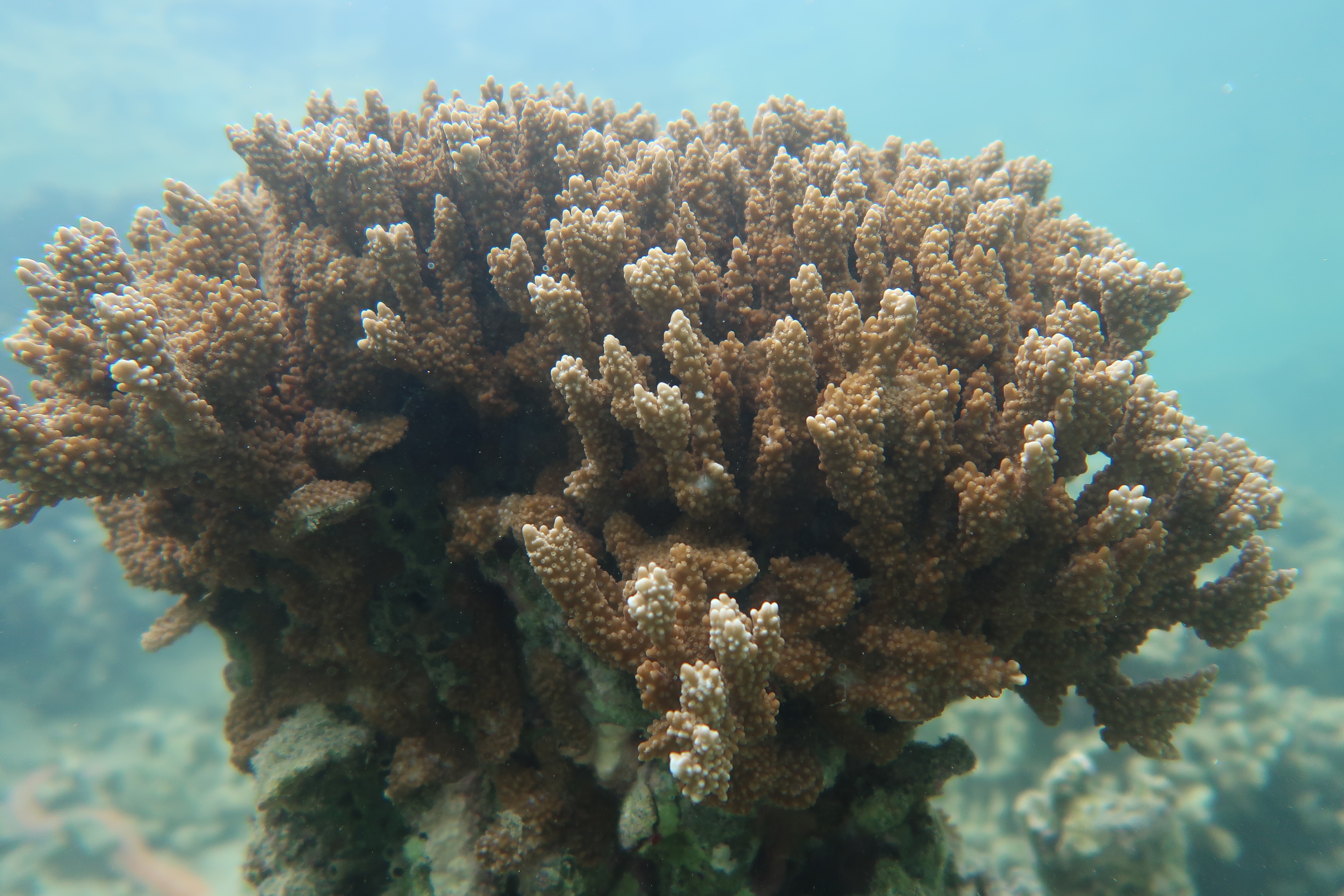
How to Identify Heat-Stressed Corals
Researchers have found a novel way to identify heat-stressed corals, which could help scientists pinpoint the coral species that need protection from warming ocean waters linked to climate change, according to a Rutgers-led study.
Lurking, invasive hammerhead worm unearthed by digital platform
A new kind of invasive species — a hammerhead worm that can grow to a foot, eats earthworms and produces tetrodotoxin — has been sighted over 100 times by citizen scientists in Georgia using the social networking service iNaturalist. David…
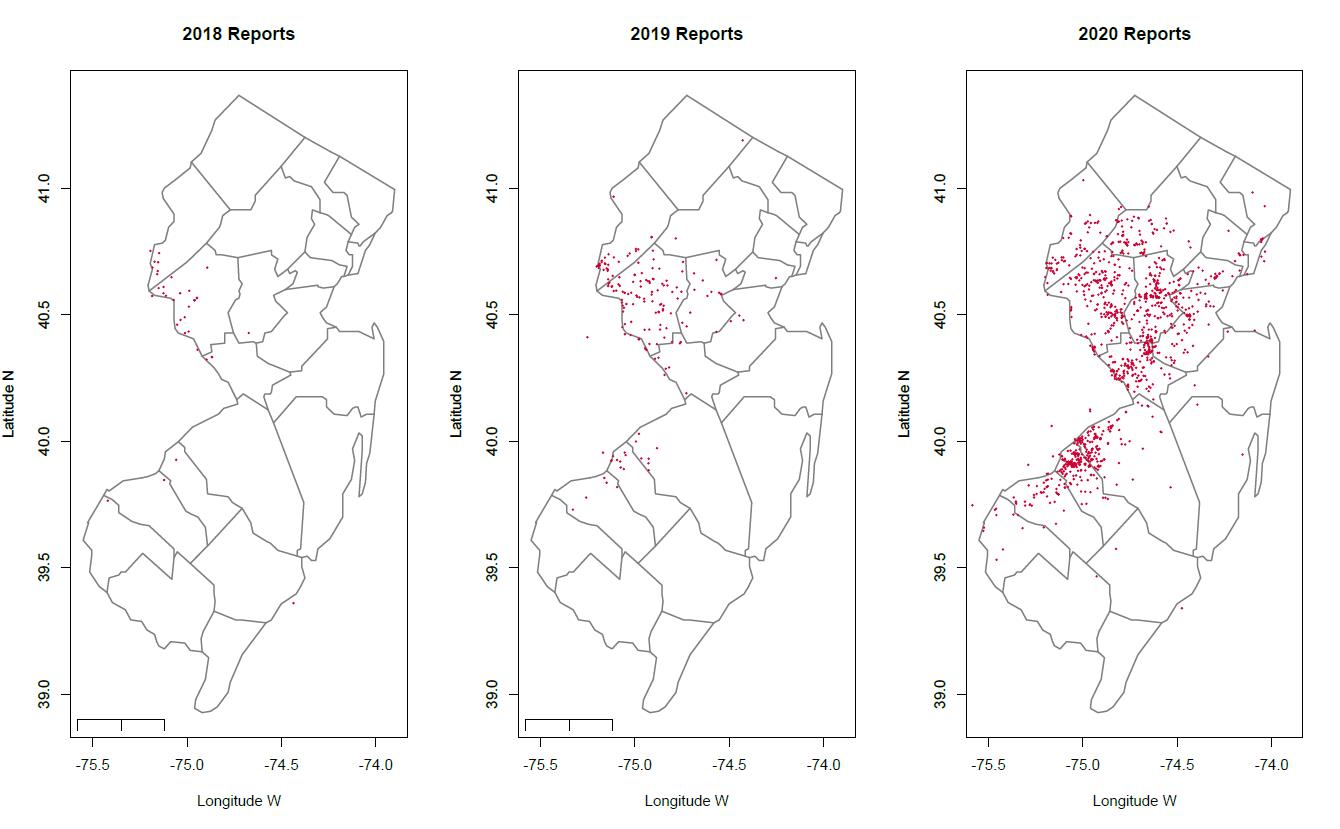
Rutgers Experts Can Discuss Invasive Spotted Lanternfly Spread in N.J.
New Brunswick, N.J. (Oct. 1, 2020) – Rutgers University–New Brunswick Professor George C. Hamilton and Associate Professor Anne L. Nielsen can discuss the spread of and threat posed by the invasive spotted lanternfly, a destructive pest, in New Jersey. “Their…

Indigenous People Vital for Understanding Environmental Change
Grassroots knowledge from indigenous people can help to map and monitor ecological changes and improve scientific studies, according to Rutgers-led research. The study, published in the Journal of Applied Ecology, shows the importance of indigenous and local knowledge for monitoring ecosystem changes and managing ecosystems. The team collected more than 300 indicators developed by indigenous people to monitor ecosystem change, and most revealed negative trends, such as increased invasive species or changes in the health of wild animals. Such local knowledge influences decisions about where and how to hunt, benefits ecosystem management and is important for scientific monitoring at a global scale.
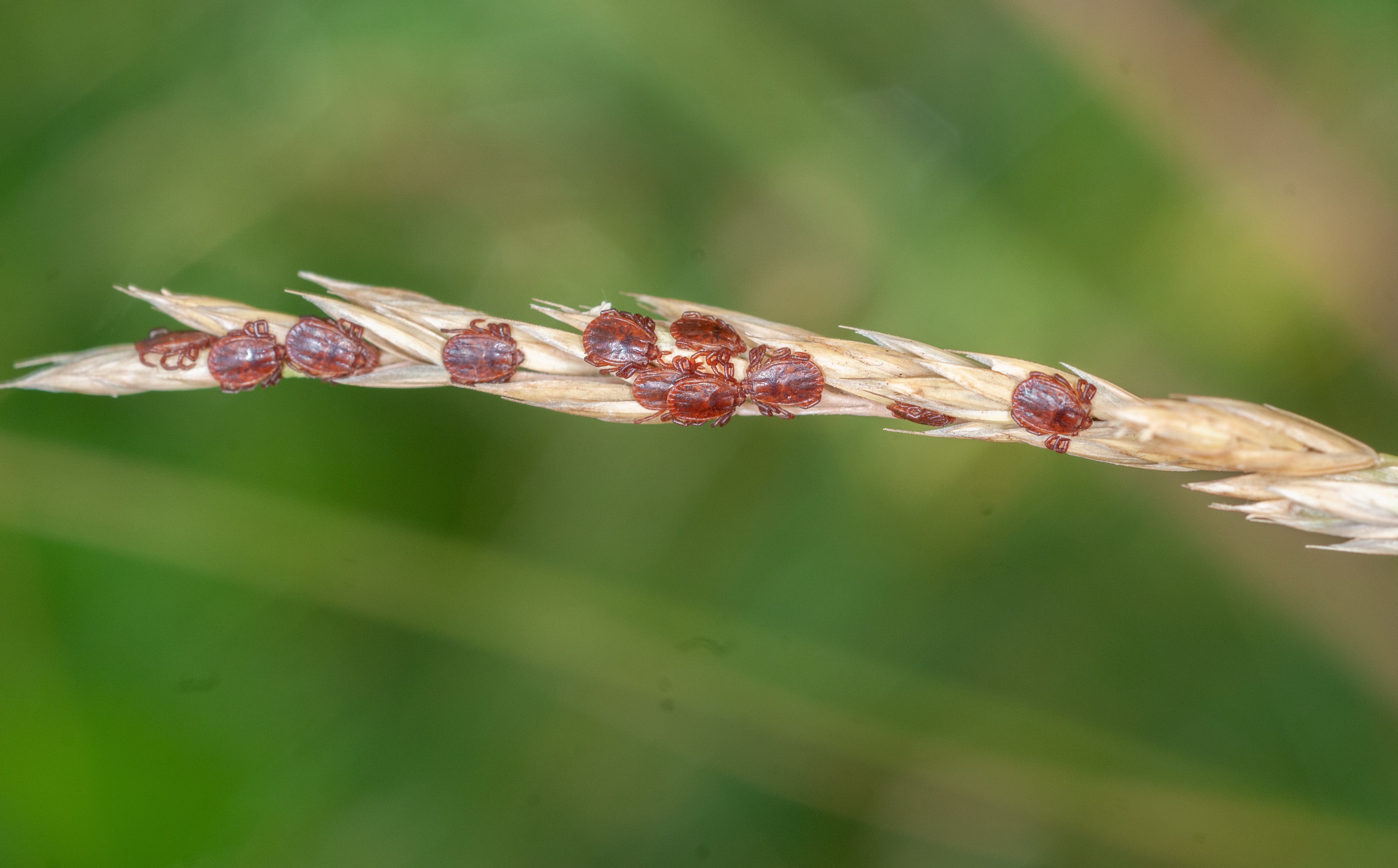
Where Did the Asian Longhorned Ticks in the U.S. Come From?
The invasive population of Asian longhorned ticks in the United States likely began with three or more self-cloning females from northeastern Asia, according to a Rutgers-led study. Asian longhorned ticks outside the U.S. can carry debilitating diseases. In the United States and elsewhere they can threaten livestock and pets. The new study, published in the journal Zoonoses and Public Health, sheds new light on the origin of these exotic ticks and how they are spreading across the United States.
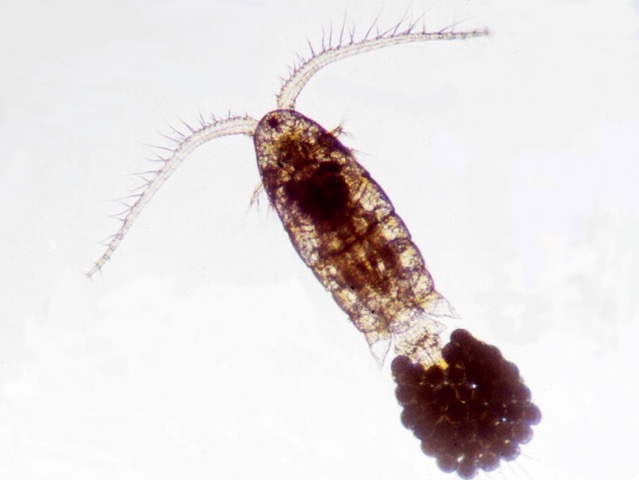
Changing environment at home genetically primes invasive species to take over abroad
Freshwater lakes have often been invaded by species from salty environments. New research shows that fluctuating conditions in the home ranges gave these species the genetic flexibility they needed to evolve and adapt to their new homes.
Rutgers Expert Can Discuss Invasive Plants in N.J. and Alternatives
New Brunswick, N.J. (June 10, 2020) – Rutgers University–New Brunswick Professor Michele Bakacs is available for interviews on invasive exotic plants in New Jersey that are growing out of control, overrunning forests and other natural areas. She can discuss why this…
Rutgers Experts Available to Discuss Invasive Asian Giant Hornet
New Brunswick, N.J. (May 6, 2020) – Rutgers University–New Brunswick experts are available for interviews on inquiries about the invasive Asian giant hornet (Vespa mandarinia). While media reports have triggered concern over the large pest, there are no reports of…

Dogs trained to detect oak wilt, invasive species
Dogs have highly sensitive noses, a trait environmental conservationists, land managers and plant disease specialists are harnessing to sniff out invasive species.
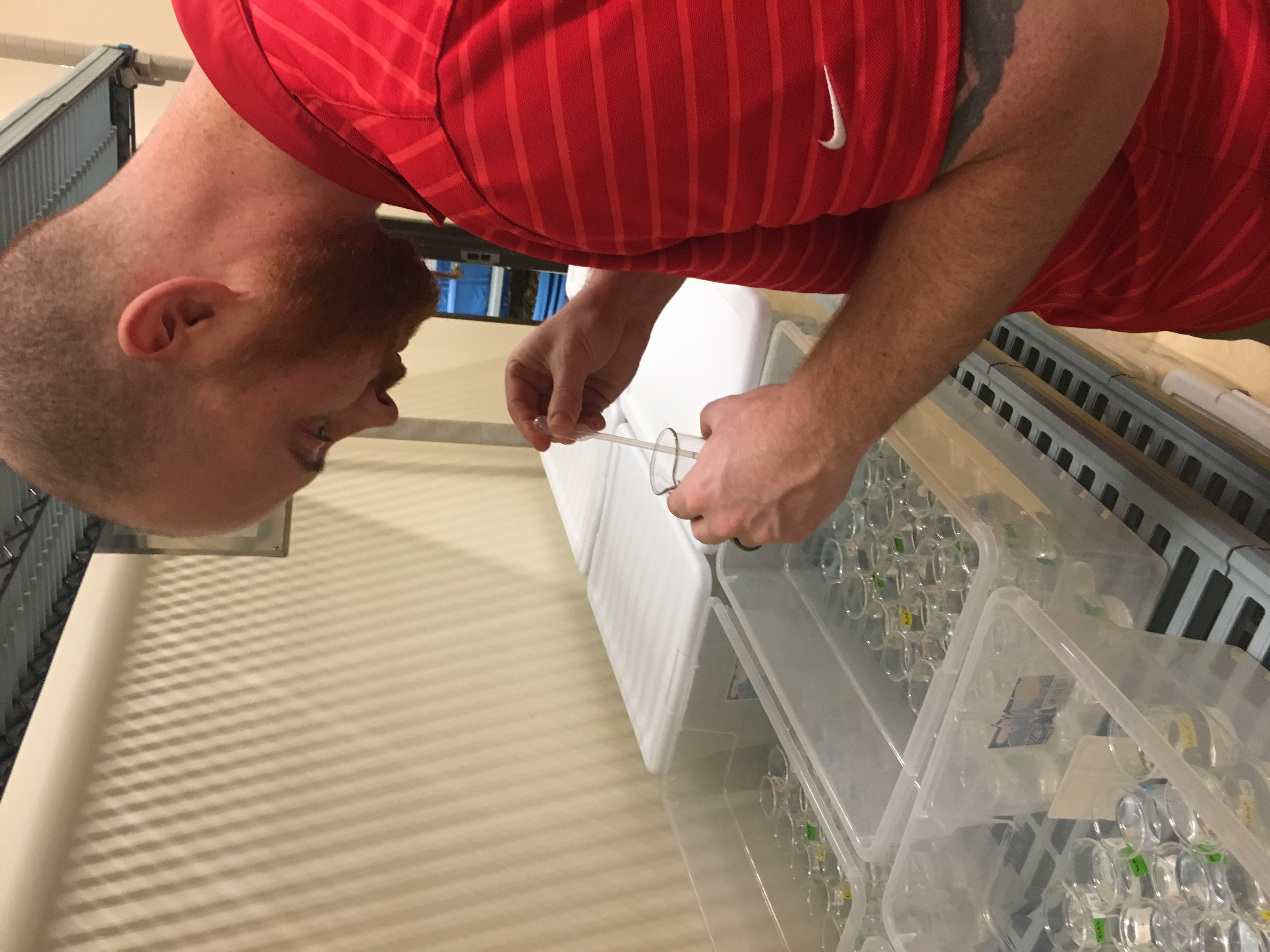
Road salt harmful to native amphibians, new research shows
The combined effects of chemical contamination by road salt and invasive species can harm native amphibians, according to researchers at Binghamton University, State University of New York.
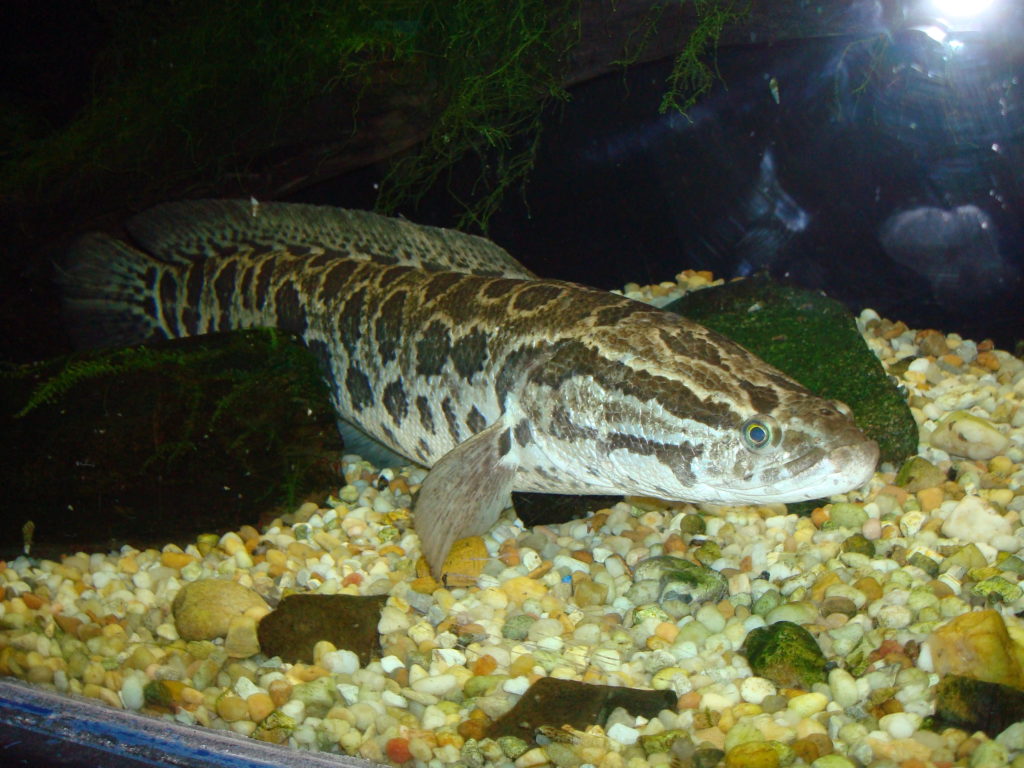
You spot a land-crawling “Frankenfish,” now what?
While orders to “kill it immediately” have been making headlines recently in Georgia and South Carolina, the Northern Snakehead fish has been in the United States for more than a decade. Virginia Tech fish and wildlife experts who have been…

Mosquitoes push northern limits with time-capsule eggs to survive winters
Invasive mosquitoes at the northern limit of their current range are surviving conditions that are colder than those in their native territory. This new evidence of rapid local adaptation could have implications for efforts to control the spread of this invasive species.